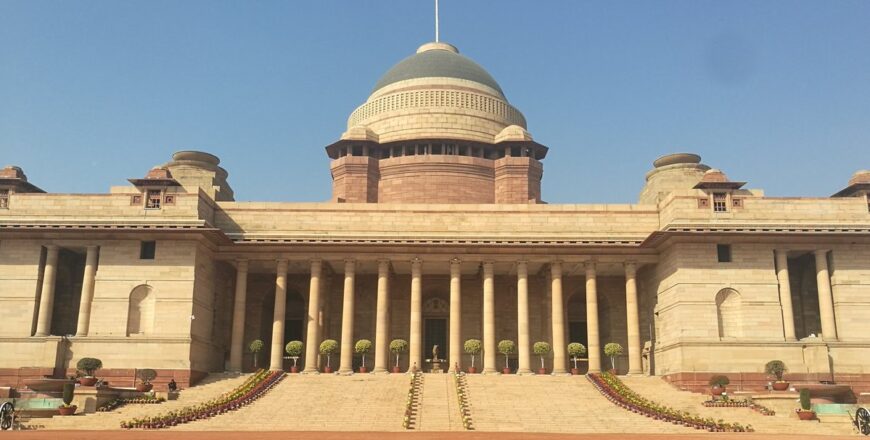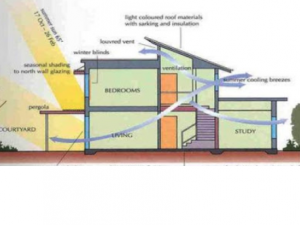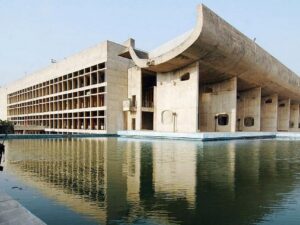Colonial Architecture in India – 1857 to 1947
- Description
- Curriculum
- Reviews

After the glorious Mughal Architecture, India saw the development of the Indo-European Architectural heritage, which was the amalgamation of the styles of the European countries, like Portugal (Portuguese), Holland (Dutch), France (French) and finally culminating in the colonial British. The European constructed forts, churches, town hall, clock towers, market complexes, and gateway etc. The buildings built by the British were not as elegant and grand as that of the Mughals, but were civic and utilitarian buildings and commemorative structures. Indo-European Architecture in India during British period closely followed the developments in their home country but also sought inspiration from existing architecture in India for great legitimacy. Though, the evolution and development of British Indo-European Architecture in India can be studied from the cities of Calcutta (now Kolkata), Madras (now Chennai), Bombay (Mumbai) and New Delhi etc.
The contributions made by the British led to the creation of a composite architectural style imbibing European, Indian and Mughal elements and was also called the colonial architecture. One of the most significant legacies of British rule in India is the colonial Architecture from the two centuries anteceding the struggle for independence. These imposing buildings including Palaces, mansions, clubhouses, and government official buildings, represented a hybrid of western and eastern sensibilities as their architect sought to plant the flag of British dominance in a foreign culture. If we see the new princely cities like Jaipur, Bikaner and Mysore, they were also influenced by Indo-European architecture. The towns were patterned along British example has Clock towers, railway stations, public official buildings, assembly halls and public hospitals etc.
In colonial India a number of new, so-called colonial Metropolitan cities were established. Western technology and new ideas were applied to these new cities or towns with the spread of British political power and technological development, westernized concept of modernization evolved.




